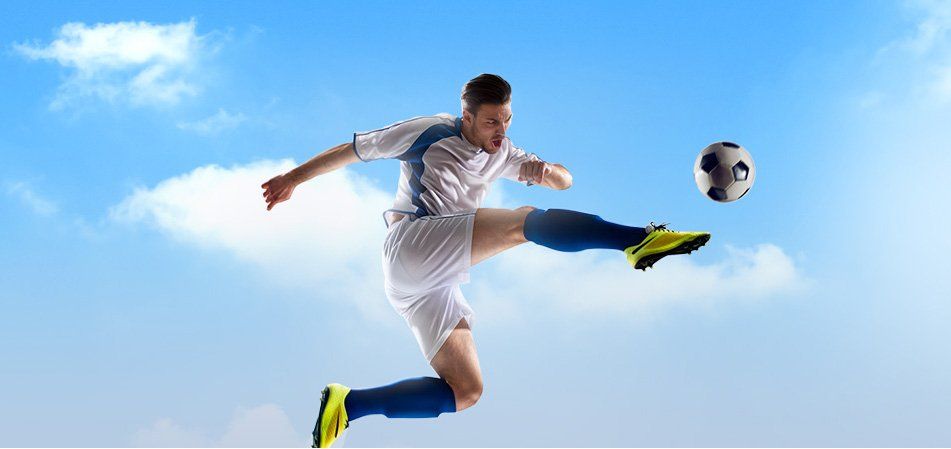Sprains/Strains
Sprains and strains are injuries affecting the muscles and ligaments. A sprain is an injury or tear of one or more ligaments that commonly occurs at the wrist, knee, ankle or thumb. A strain is an injury or tear to the muscle. Strains occur commonly in the back and legs. Sprains and strains occur due to overstretching of the joints during sports activities, and accidents such as falls or collisions.
The symptoms of sprains include pain, swelling, tenderness, bruising and joint stiffness. The symptoms of strains include muscle spasm and weakness, pain in the affected area, swelling, redness and bruising.
Immediately following an injury and before being evaluated by a medical doctor, you should initiate the P.R.I.C.E. method of treatment.
- Protection: Protect the injured area with the help of a support.
- Rest: Give rest to the affected area as more damage could result from putting pressure on the injury.
- Ice: Apply ice over a towel to the affected area for 15-20 minutes every two to three hours during the day. Never place ice directly over the skin.
- Compression: Wrap the knee with an elastic bandage or an elasticated tubular bandage to minimise the swelling and support the injured area.
- Elevation: Elevate the injured area above heart level to reduce swelling and pain.
The diagnosis of a sprain or strain involves a thorough physical examination. Your doctor will inspect the area of injury and joint mobility. X-rays or other tests may be ordered to rule out fractures or other pathology.
Your doctor may prescribe nonsteroidal anti-inflammatory drugs to reduce pain and inflammation. Physiotherapy may be recommended for severe injuries. Surgery is rarely needed.













